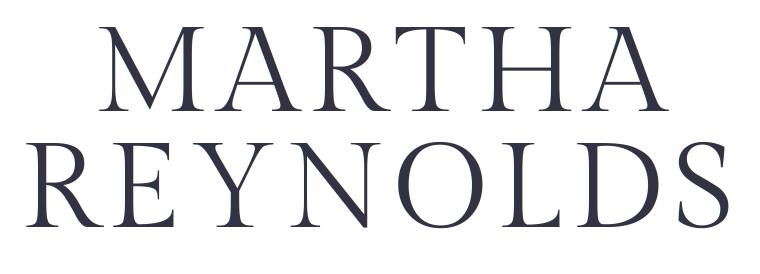Paris Between the Wars - "C" is for Coco Chanel
 Between 1919 and 1939, Paris experienced a cultural and intellectual boom. This blog will feature artists, writers, composers, musicians, and designers. Paris was at its cultural peak.
Between 1919 and 1939, Paris experienced a cultural and intellectual boom. This blog will feature artists, writers, composers, musicians, and designers. Paris was at its cultural peak. Born in 1883 as Gabrielle Bonheur Chanel, Coco Chanel popularized a casual chic style of fashion for women in post-World War I Paris. Her mother was a laundrywoman and her father, an street vendor. Raised in poverty, Gabrielle was sent to a convent orphanage at the age of 12, following the death of her mother. At the convent, she learned to sew, and was able to work as a seamstress. By 23, she was the mistress to a wealthy textile heir, Étienne Balsan, who lavished her with diamonds, dresses, and pearls. An affair with one of Balsan's friends resulted in the financing of her first shops.Her first designs were hats only, but in 1913, Chanel opened a boutique in the resort town of Deauville, France, where she introduced deluxe, casual clothes suitable for leisure and sport.
Born in 1883 as Gabrielle Bonheur Chanel, Coco Chanel popularized a casual chic style of fashion for women in post-World War I Paris. Her mother was a laundrywoman and her father, an street vendor. Raised in poverty, Gabrielle was sent to a convent orphanage at the age of 12, following the death of her mother. At the convent, she learned to sew, and was able to work as a seamstress. By 23, she was the mistress to a wealthy textile heir, Étienne Balsan, who lavished her with diamonds, dresses, and pearls. An affair with one of Balsan's friends resulted in the financing of her first shops.Her first designs were hats only, but in 1913, Chanel opened a boutique in the resort town of Deauville, France, where she introduced deluxe, casual clothes suitable for leisure and sport.
 By 1919, Chanel was registered as a couturière and established her maison de couture at 31 rue Cambon, Paris. Eight years later, she owned five buildings on the street. Her No. 5 fragrance was available in department stores, and by 1930, she was a very wealthy woman.One of her friends at this time was Misia Sert, a member of the "bohemian elite" in Paris, and with whom she shared drug use. By 1935, Coco Chanel was injecting herself with morphine on a daily basis (a habit she maintained until the end of her life in 1971). According to gossip and legend, she was called Coco because of her elaborate cocaine parties.In 1939, at the beginning of World War II, Chanel closed her shops but maintained her apartment situated above the couture house at 31 Rue de Cambon. She claimed that it was not a time for fashion, and as a result of her action, 3,000 female employees lost their jobs. "A girl should be two things - classy and fabulous." ~ Coco Chanel
By 1919, Chanel was registered as a couturière and established her maison de couture at 31 rue Cambon, Paris. Eight years later, she owned five buildings on the street. Her No. 5 fragrance was available in department stores, and by 1930, she was a very wealthy woman.One of her friends at this time was Misia Sert, a member of the "bohemian elite" in Paris, and with whom she shared drug use. By 1935, Coco Chanel was injecting herself with morphine on a daily basis (a habit she maintained until the end of her life in 1971). According to gossip and legend, she was called Coco because of her elaborate cocaine parties.In 1939, at the beginning of World War II, Chanel closed her shops but maintained her apartment situated above the couture house at 31 Rue de Cambon. She claimed that it was not a time for fashion, and as a result of her action, 3,000 female employees lost their jobs. "A girl should be two things - classy and fabulous." ~ Coco Chanel
